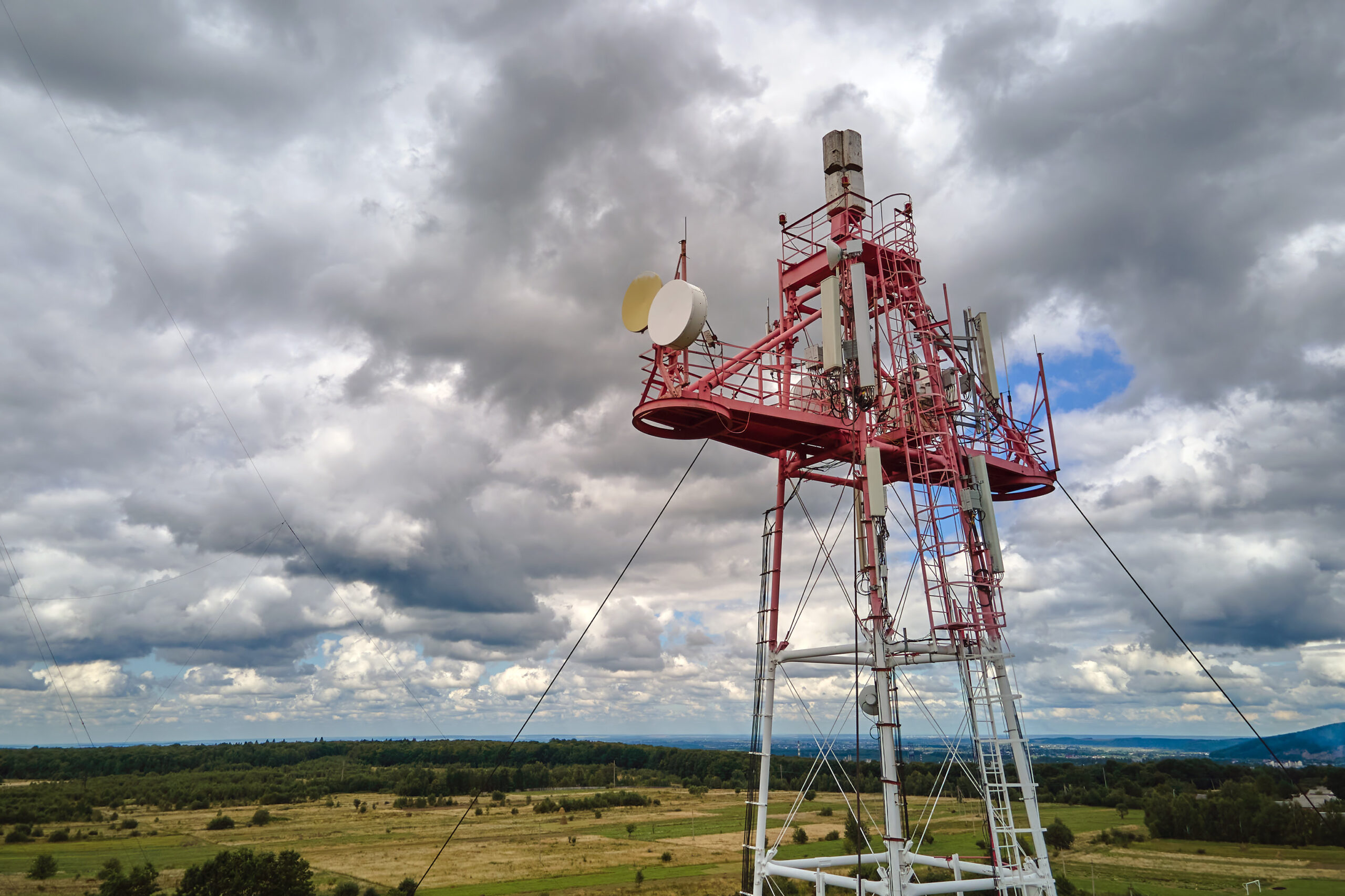Our last article reviewed some of the greatest Telecoms success stories. And while each one of them holds its own significance in the history of Telecommunications, it could be argued that the landline telephone is among the most prominent of them. All the more so, since landline telephony is still a staple of Telecoms services. Driven by this fact, we will take another look back into the past, this time at the landline era and the way it has evolved today!
How it came to be…
The history of how the telephone was invented is one that is accompanied by quite a bit of controversy. We do know that officially, scientist Alexander Graham Bell patented the telephone in 1876, and then made the first phone call. But that has yet to stop a large portion of experts from claiming that Antonio Meucci and Elisha Gray also played a crucial role in the invention of the telephone. It is said that they, too, were working on some sort of telegraph-based telephone devices. In fact, some claim that Gray filed for the telephone on the same day as Bell, but was unable to obtain the patent first due to timing issues.
The evolution of the telephone
Despite the controversy, the telephone was invented, and while it initially was a Telecoms service enjoyed by the privileged, it didn’t take long for it to reach the general public and soar in popularity. Back then, Bell’s first telephone consisted of two parts, a transmitter and a receiver. It contained a cylinder, a needle and a battery, and it was operated with voice vibrations, which were transmitted to the receiver. Since then, though, the telephone has undergone several transformations. It gained a rotary dial, later buttons and extra features such as an answering machine. Alongside this, over the years, it also changed in size, becoming notably smaller, and, of course, it switched from analogue to digital.
How were the calls made?
In 1998 the landline reached its peak, with statistics showing that one telephone accounted for every person in the U.S. Before that, however, things were a bit more primitive. More specifically, in the 1980s in America – incredible as it may sound – telephones were rented as a Telecoms service from a particular company. But as the decade progressed, things changed, and people could now purchase their own phone, although that didn’t mean it was cheap, as prices ranged from $20-55, amounts that would reach up to $150 nowadays.Reaching the present day
From the mid-1980s onwards, landline calls and telephones started to become progressively cheaper, and this applied to both local and long-distance calls. As a result of this, landline telephony was consistently the first Telecommunications option until the arrival of the mobile phone. Today, studies show that a more significant percentage of people exclusively own and use a mobile phone rather than a landline, while some households possess both. Nevertheless, providers have not yet ceased to offer the landline as a basic Telecoms service as, for many, it is still the means of communication they are most familiar with, especially for those belonging to older age groups.
Furthermore, statistics suggest that people who no longer have a landline telephone and only use a mobile phone as a means of communication are both more active and healthier.
On the other hand, the landline telephone is a beacon of stability and a nostalgic link to the past for a large number of people. Therefore, it’s safe to say that its complete abolition, if it ever happens, will take a long, long time…





